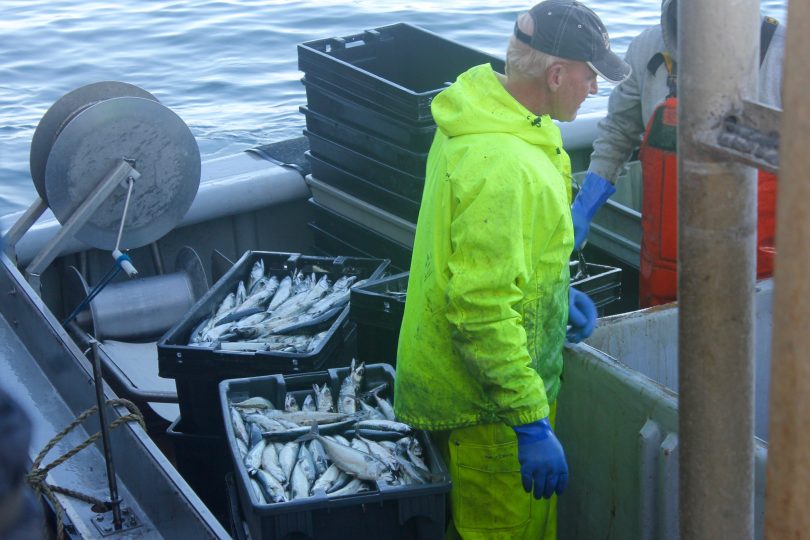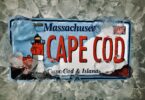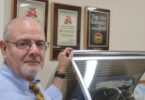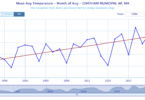CHATHAM – The little bit that the tourists see at the Chatham Municipal Fish Pier is the rock star stuff. Fishermen on boats coming in are, as town Wharfinger Michael Ryder said, “the last of the cowboys.”
“They know they’re in the spotlight,” said Rick Thompson, facility manager for Marder Trawling of New Bedford, one of two companies renting space in the Chatham Municipal Fish Pier. The other company is Red’s Best of Boston.
“It’s unbelievable. The tourists gather round.” said Thompson. “And we’ve had some celebrities. A western musician filmed a music video on a lobster boat.”
There’s a lot to like about the job on the fish pier, he said. “I love it,” said Thompson. “Look at my office.”
“These are independent people. They are hunters, that’s the mentality. And fishermen are survivors. They make a living, or they wouldn’t be doing it.” – Chatham Wharfinger Michael Ryder
“We will average 3,000 visitors a day in July and August,” said Ryder.
What mostly isn’t seen is the hard work.
Ten to 12 million pounds of fish move through the municipal fish packing facility every year, said Ryder.
“There is no such thing as the word, ‘easy’ in the fishing industry,” said Thompson.































